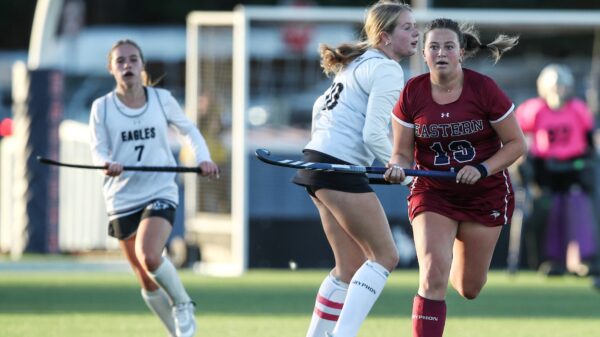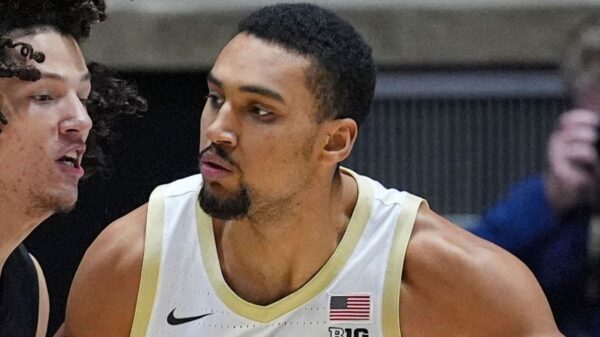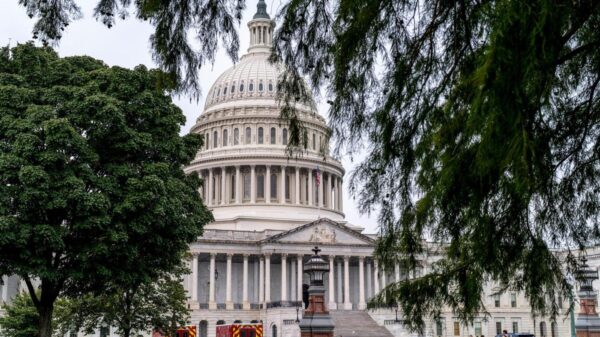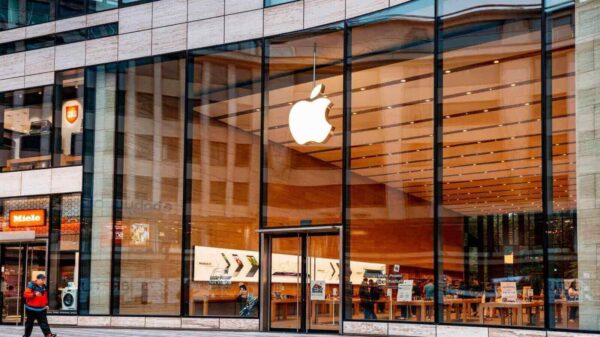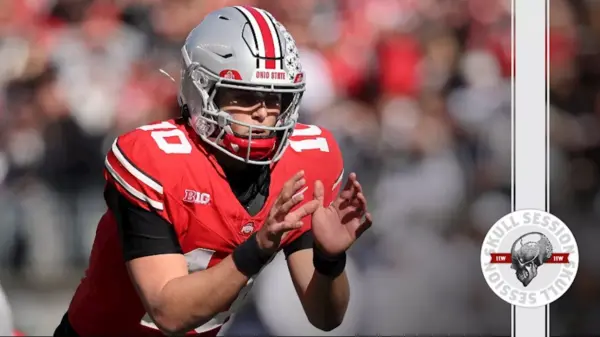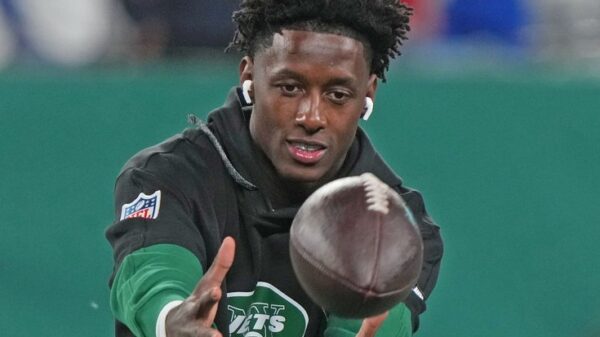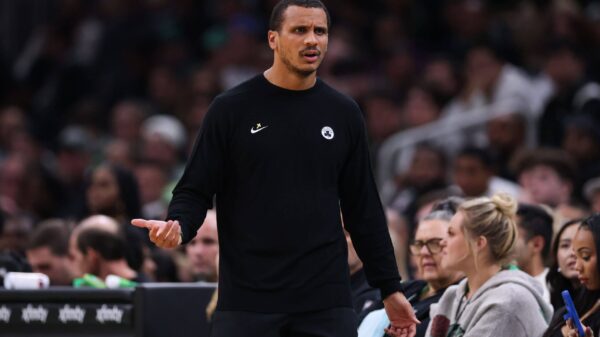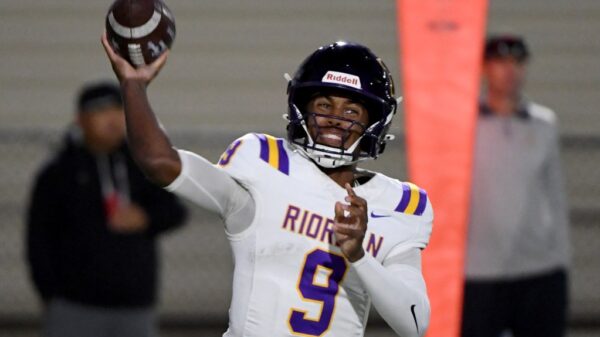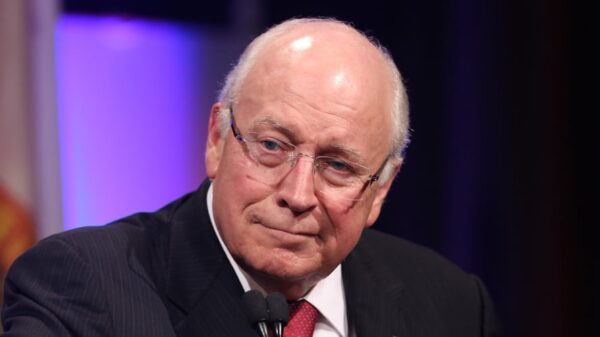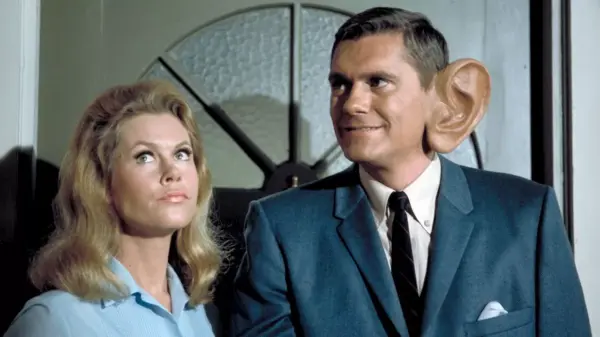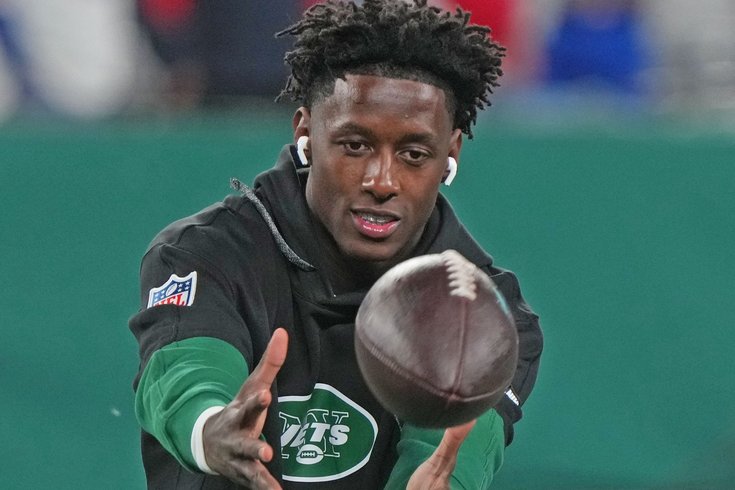The NFL trade deadline has concluded, showcasing a flurry of activity as teams sought to enhance their rosters. Some franchises made strategic moves to bolster their chances, while others missed opportunities or took substantial risks that may not pay off. This article examines the clear winners and losers from the recent deadline.
Winners of the Trade Deadline
The Philadelphia Eagles emerged as a notable winner, despite not securing a premier cornerback to pair with Quinyon Mitchell. Instead, they focused on strengthening their pass rush, acquiring Jaelan Phillips from the Miami Dolphins for a third-round pick. Additionally, they added defensive backs Michael Carter II and Jaire Alexander at a low cost, enhancing their depth. With these moves, the Eagles have improved their defensive capabilities heading into the latter part of the season.
Similarly, the Baltimore Ravens made significant strides by trading for Dre’Mont Jones from the Tennessee Titans. With the absence of Pro Bowl lineman Nnamdi Madubuike due to a season-ending injury, Jones is expected to shore up a pass rush that has struggled, recording only 11 sacks this season. His addition will provide much-needed support as Baltimore aims for playoff contention.
The New York Jets took a bold step by trading cornerback Sauce Gardner to the Colts for two first-round picks and a second-rounder from the Cowboys. This move may seem risky, but it sets the team up well for future drafts, giving new General Manager Darren Mougey ample resources to secure a future quarterback. The Jets now possess five first-round selections over the next two seasons, positioning themselves for a significant rebuild.
In the NFC, the Seattle Seahawks added speed to their offense by acquiring Rashid Shaheed from the New Orleans Saints. With his deep-threat capability, he complements young star Jaxson Smith-Njigba, enhancing the Seahawks’ chances in a competitive NFC West. The cost of a fourth- and fifth-round pick for Shaheed is considered reasonable given his potential impact.
The Los Angeles Rams also made a tactical acquisition, securing cornerback Roger McCreary from the Titans. Although not a headline-grabbing move, McCreary’s ability to play in the slot allows the Rams to utilize Quintin Lake in a more versatile role, addressing some defensive concerns.
Losers of the Trade Deadline
In stark contrast, the Dallas Cowboys faced criticism for their recent trades. Their decision to acquire linebacker Logan Wilson, who struggled to find playing time on the Bengals’ defense, raised eyebrows. Additionally, trading a first-round pick, a second-round pick, and defensive tackle Mazi Smith for Pro Bowler Quinnen Williams poses questions about long-term value. The Cowboys may not be close enough to Super Bowl contention to justify such a significant investment.
The Indianapolis Colts also found themselves on the losing end after trading two first-round picks and receiver Adonai Mitchell for Gardner. This move hinges on Gardner returning to his All-Pro form and the Colts’ commitment to quarterback Daniel Jones. Should Jones falter, the Colts risk placing themselves in a precarious position without the means to acquire a new quarterback.
Meanwhile, the Green Bay Packers opted for inaction, failing to bolster their offense or address defensive shortcomings. After losing tight end Tucker Kraft for the season, the lack of action was particularly disappointing. The addition of a player like David N’Joku from the Browns could have provided much-needed support in the passing game.
The Jacksonville Jaguars, currently 5-3, missed an opportunity to solidify their position as playoff contenders. Rather than stockpiling draft picks for a future rebuild, they traded for receiver Jakobi Meyers, who has had limited success on a struggling Raiders team. This move raises concerns about their long-term strategy, especially as Meyers will be a free agent after the season.
Lastly, the Kansas City Chiefs faced scrutiny for their inability to enhance their rushing attack. With quarterback Patrick Mahomes nearly leading the team in rushing yards, the lack of a reliable running back poses challenges as the season progresses. Opportunities to acquire other ball carriers were overlooked, potentially straining Mahomes’ performance.
As teams assess the outcomes of their trades, the true impact of these decisions will unfold as the season progresses. The NFL landscape remains dynamic, and teams will continue to navigate the complexities of roster management and future planning.




